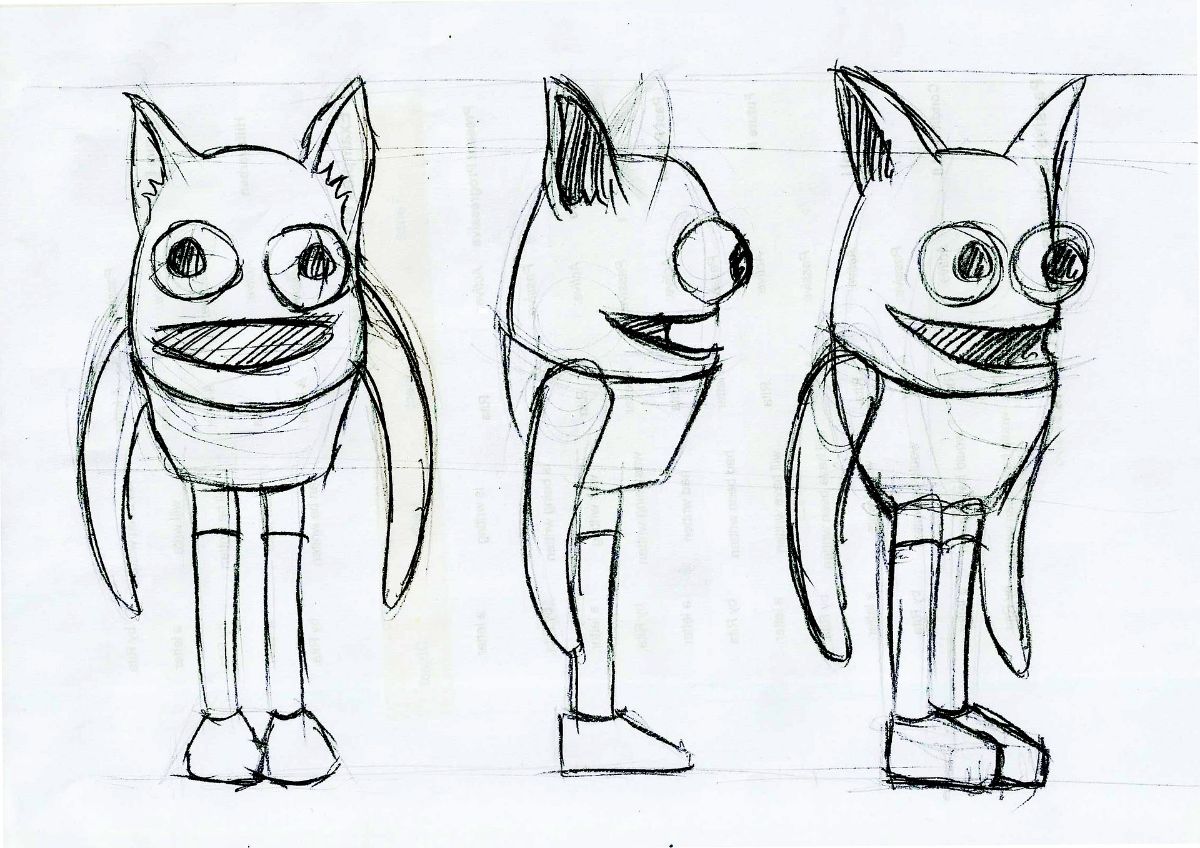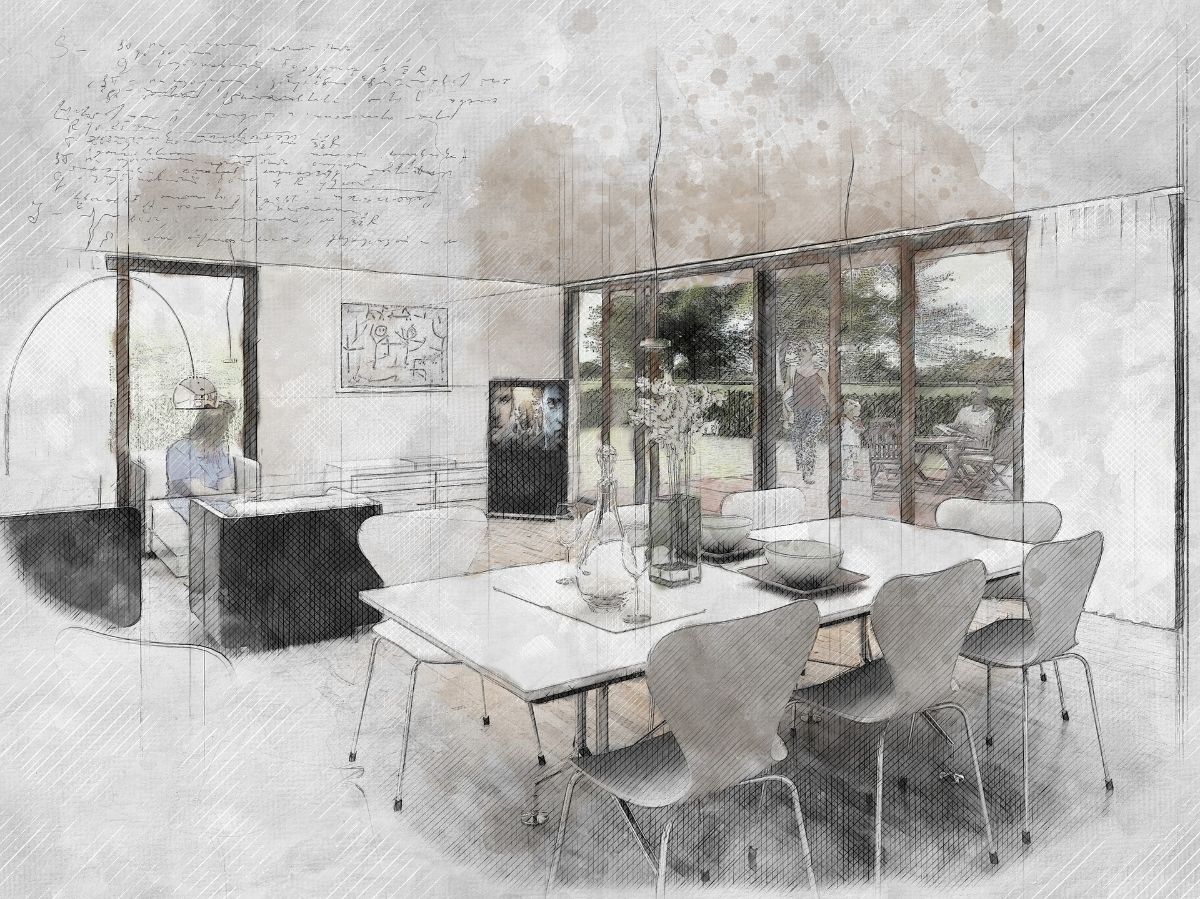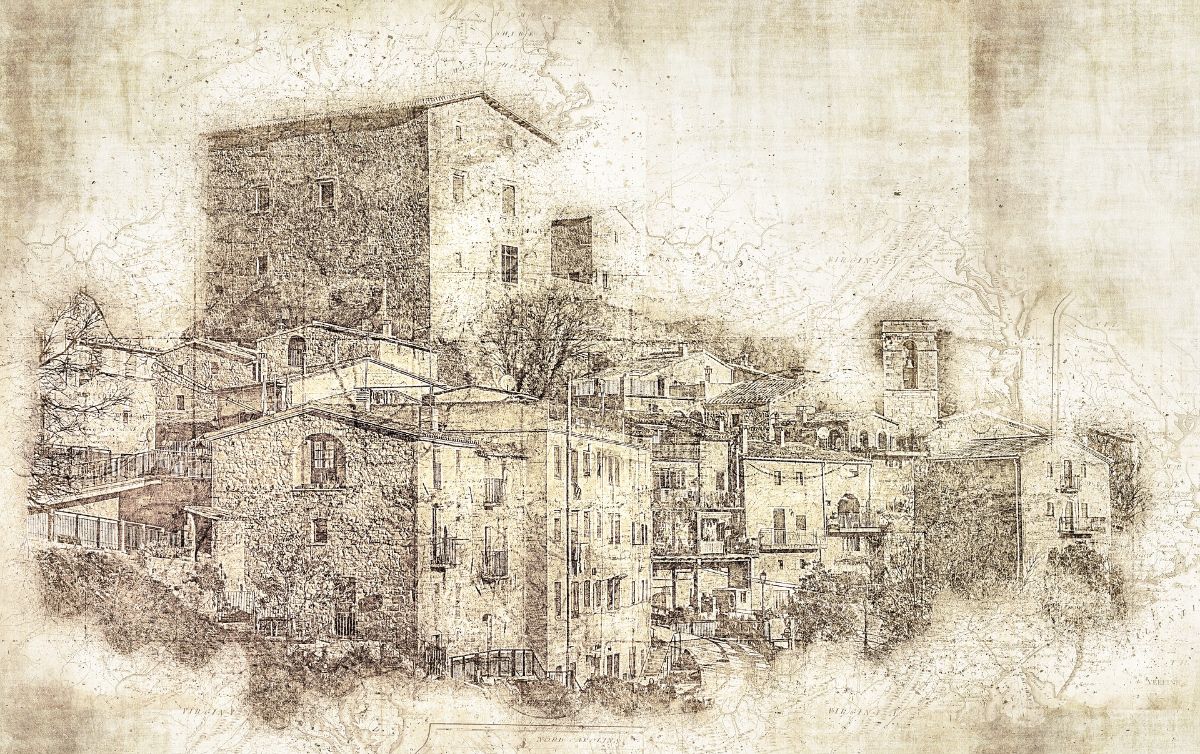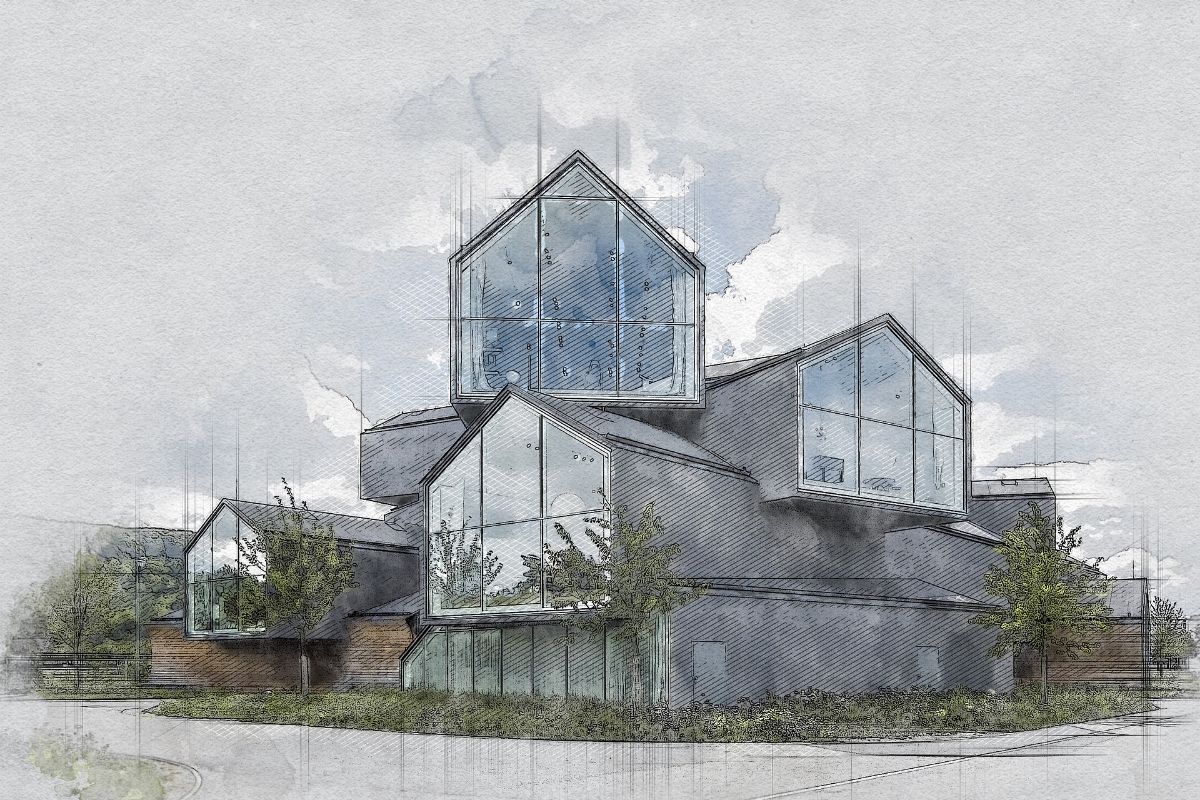
Surely you know what a sketch is. But the safest thing is that you have never considered the importance of this. Do you really know all the benefits it offers you? Have you used it often?
If you would like to know what a sketch is, the main uses it has and why it is a very useful tool for the projects we tell you everything.
what is a sketch
Let's start by first knowing exactly what the word sketch refers to. According to the RAE, a sketch would be:
Project or general note prior to the execution of an artistic work. Scheme or project in which any work is sketched. Brief exposition of the main features of something.
In other words, we could say that is a draft of a project that is carried out to outline an idea and, through it, make the changes that are necessary to outline the project and the design itself.
Characteristics of the sketch
Among the characteristics, and what defines a sketch, we can find the following:
- In this sketch that is not finished. In fact, it is imprecise, it is incomplete and it may have been done quickly to illustrate an idea but without 100% outlining it. This means that the final work and the sketch can be very different from each other.
- It is little worked and without many details. It is a first approximation to what we could achieve from carrying out that idea.
- It does freehand or with an instrument, but always very quickly and poorly defined.
- Can be more than one sketch. Because we use various ideas and outline all of them in sketches.
What is a sketch for?

Surely, with the definition of this word you will already have an idea of what is the use that is given to the sketch. And this is for to design, in a preliminary way, a project, normally a design one.
For example, for a web page it would be useful to know what the theme of the web is going to be like, where everything will be placed, etc. In a cover, the elements to be created could be defined; or in a drawing, give a brushstroke of the idea that the author has.
Actually the sketch becomes the first step to make the idea that has been around your head a reality. Thus, it becomes the basis on which work begins, developing the prototypes until reaching the final design, more outlined, detailed and better made.
Types of sketches

Something that not many professionals know is that there are several types of sketches. There are actually three types, although in some cases there is talk of two more. These are:
- rough sketch. It is a representation of an idea but with a very imprecise draft, with hardly any details. It is as if it were a skeleton of the idea that you have in mind.
- Comprehensive sketch. It is a step beyond the previous one. In this case we are talking about a sketch with a little more detail and above all more precision. We could say that it is a rough sketch but with more attention to detail and even the techniques and tools that will be used for the final design are used.
- Dummy sketch. Again, another step. In this one the details and precision are much greater and make it almost look like the final result of that project. In this case, what prevails is to work with different effects or techniques to see how it would look and what would be the best option.
Other sketches that we found are:
- Portrait sketch. Focused exclusively on sketches of faces where, unlike the previous ones, there is greater precision in the essential features, although the sketch and the final drawing may differ quite a bit.
- Sketch sketch. More focused on architecture because in addition to being a draft, it contains exact measurements as to how that project is going to end.
How to make a sketch

To make a sketch you don't need big things. With a pencil and paper you have more than enough because it's something you shouldn't do too much detail on. At most, a rubber in case you make a mistake. But, to create a sketch, you have to follow a series of steps.
Idea
A sketch cannot be created from scratch, because then it would not work. For example, if you are commissioned to design a label for a product, you cannot pick up and make a sketch if you do not have a previous idea.
It is the idea that gives you the tools to start working. You can think about how that label is going to be, whether square, rectangular, round or other shapes. And what is inside.
The materials
As we have told you before, a paper and a pencil is more than enough. But it could also be that you prefer to do it using technology. In this case, it is recommended digitizing tablet, it allows you to draw and this is captured on the computer screen.
To do this, you will need a program that allows you to do it, such as Autodesk Sketchbook or Procreate (the latter being the best known), as well as a stylus.
The technique
We have said that a sketch is a rough drawing, without precision, without details... Just an outline or skeleton of what you want to design.
But you have to take into account the technique, because It is not the same to make a sketch of a website than of a label, or of a product. Or a banner.
Fashions, trends, marketing tricks... all of this will channel the sketch to use a technique that we know works. A banner with a paint pattern is not normal; a website where you abuse drawings or images when it is a labor consultancy, either. Do you understand what we mean? One has to pay attention to the target, which is to design based on what the client and the competition of the project can use more in their favor.
As you can see, a sketch is something very simple to understand and everyone will have used it on some occasion. But if you are a graphic designer or have a profession in which you have to teach your clients various options, the sketch can become a good tool if you know how to use it well.